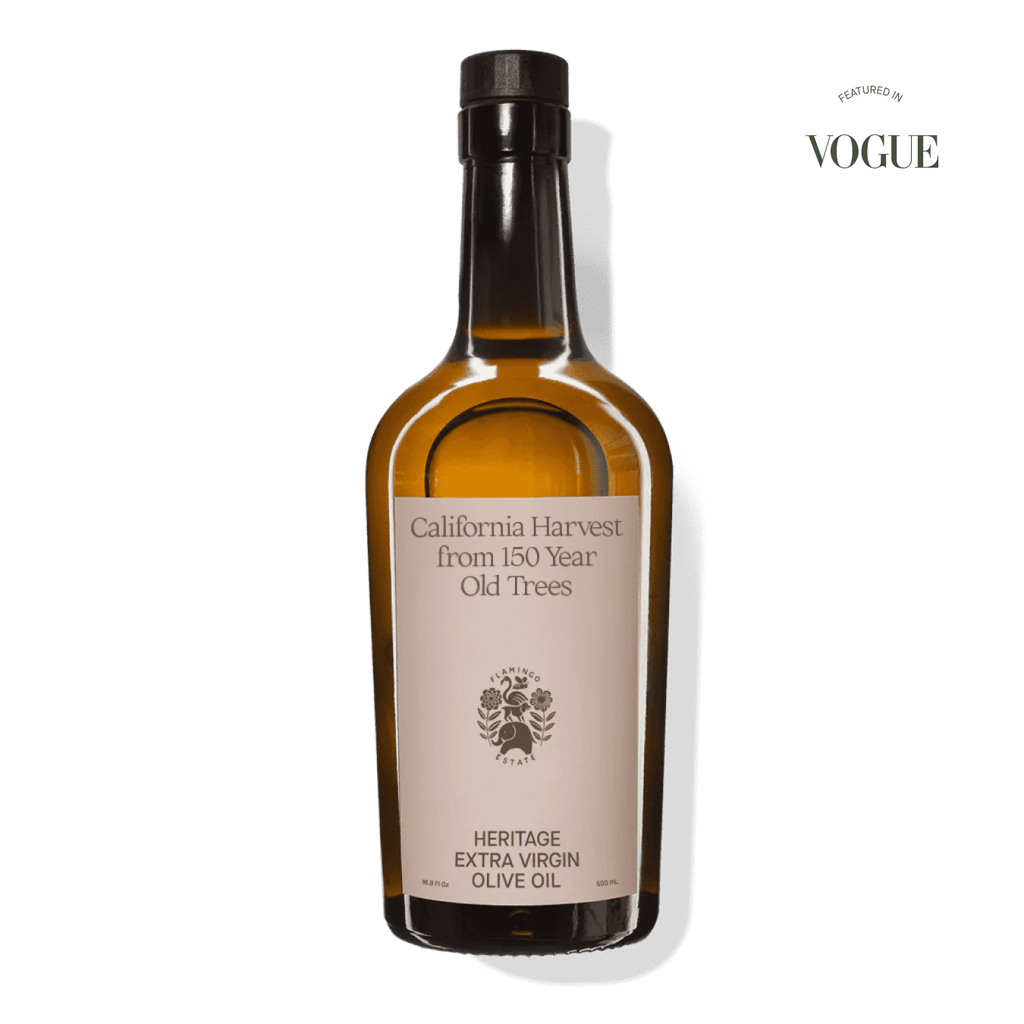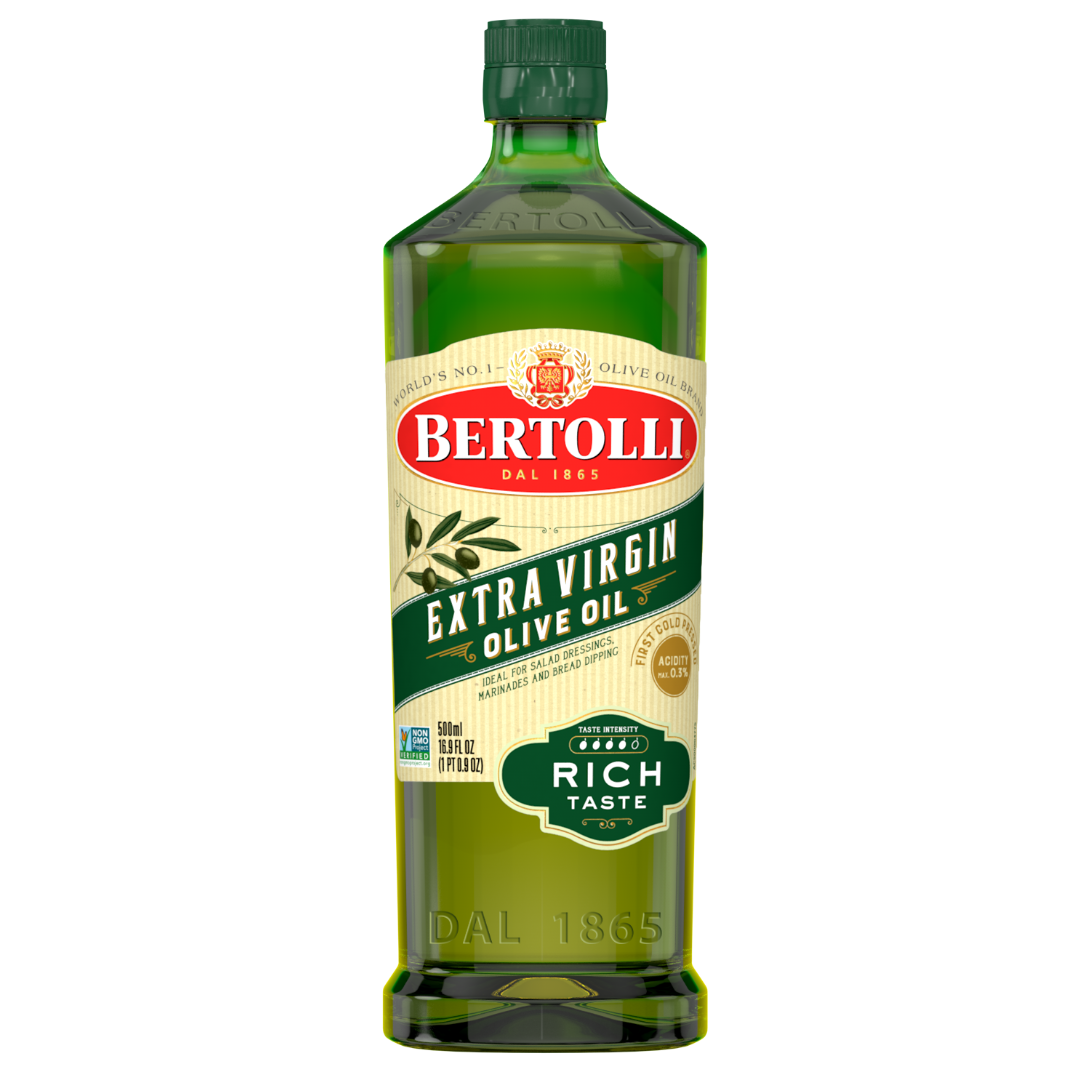Why Extra Virgin Olive Oil Benefits Your Gut and Digestive System
Why Extra Virgin Olive Oil Benefits Your Gut and Digestive System
Blog Article
The Vital Overview to Understanding Extra Virgin Olive Oil and Its Culinary Perks
Bonus virgin olive oil stands as a keystone of culinary quality, identified not just by its remarkable quality yet additionally by its myriad wellness advantages. This oil, drawn out from the first pushing of olives, offers low acidity and a complex taste account that enhances a diverse variety of meals.
What Is Additional Virgin Olive Oil?
Extra virgin olive oil (EVOO) is a top quality oil derived from the initial pushing of olives, defined by its reduced level of acidity and abundant flavor profile. This oil is thought about the finest grade of olive oil, conference stringent standards for high quality and taste. To qualify as additional virgin, the oil must be extracted with mechanical means without making use of heat or chemicals, protecting the natural features of the olives.
EVOO is commemorated for its intricate scent, varying from fruity to peppery, and its unique taste that can vary based upon the olive selection and area of production. The wellness benefits of additional virgin olive oil are well-documented; it is rich in monounsaturated fats, anti-oxidants, and anti-inflammatory substances, contributing favorably to heart wellness and overall well-being.
In culinary applications, EVOO is functional, suitable for sprinkling over salads, improving the taste of prepared meals, and working as a base for marinades. Its distinct flavor profile not just elevates dishes but likewise plays an essential function in Mediterranean food, where it is a standard ingredient. Understanding EVOO's top qualities can enrich culinary experiences and promote healthier eating practices.
Exactly How Bonus Virgin Olive Oil Is Made

At the mill, the olives go through a strenuous cleaning process to get rid of any dirt or leaves. They are after that squashed into a paste utilizing typical stone mills or contemporary steel mills. This action is essential for releasing the oil from the cells of the fruit. Following this, the paste undergoes malaxation, where it is delicately mixed to help with the splitting up of oil from water and solids.
The next phase involves centrifugation, which utilizes quick rotating to divide the oil from the continuing to be pulp and water. The resulting oil is then filtered to improve clearness and stability. Lastly, added virgin olive oil is saved in dark glass or stainless-steel containers to protect it from light and oxidation, ensuring its phenomenal taste and top quality are preserved until it reaches consumers.
Health And Wellness Perks of Bonus Virgin Olive Oil
What makes extra virgin olive oil a staple in healthy diets around the globe? Its abundant make-up of monounsaturated fats, primarily oleic acid, contributes significantly to cardiovascular health. Researches have shown that these healthy and balanced fats can reduce inflammation, lower poor cholesterol levels (LDL), and boost good cholesterol (HDL), thus advertising heart wellness.
Furthermore, additional virgin olive oil is a powerful resource of anti-oxidants, consisting of polyphenols and vitamin E (extra virgin olive oil benefits). These substances aid combat oxidative tension and minimize the danger of persistent conditions such as cancer and diabetes. The anti-inflammatory residential properties of additional virgin olive oil even more boost its health and wellness benefits, making it a beneficial addition to an anti-inflammatory diet
Study has additionally suggested that normal usage of added virgin olive oil may sustain cognitive function and reduced the danger of neurodegenerative diseases, such as Alzheimer's. Furthermore, its potential function in weight management, when utilized in small amounts, highlights its versatility as a healthy fat resource.
Culinary Utilizes and Applications
A keystone of Mediterranean cuisine, additional virgin olive oil offers a wide range of cooking applications that enhance flavor and boost dishes. Its rich, nuanced preference profile makes it an excellent option for showering over salads, grilled vegetables, or baked meats, conveying depth and richness.

Furthermore, it functions as an important ingredient in dressings, giving a base for vinaigrettes and velvety sauces, while improving the overall preference experience. Additional virgin olive oil can also be used as a completing oil, added simply prior to offering to emphasize the recipe's aroma and taste profile.

Tips for Deciding On Top Quality Olive Oil
Picking top quality olive oil can dramatically boost both taste and health and wellness benefits in your culinary endeavors. To guarantee you select the very best product, consider the following tips.
First, try to find the classification "additional virgin" on the label. This category suggests that the oil is made from the first cold pushing of olives, maintaining the greatest level of taste and nutrients. Furthermore, check for a harvest hop over to these guys day; fresher oils are usually much better in both taste and wellness residential or commercial properties.
Next, take into consideration the resource. Oils from regions recognized for high-grade manufacturing, such as Italy, Spain, and Greece, frequently yield premium items. Search for single-origin oils, as they usually supply a more genuine taste profile contrasted to blends.
Examine the product packaging, too. Quality olive oil needs to be kept in dark glass containers or tins to secure it from light and oxidation. extra virgin olive oil benefits. Avoid clear plastic bottles, as they reveal the oil to light, which can deteriorate its quality
Final Thought
To conclude, additional virgin olive oil stands as a costs oil, commemorated for its extraordinary taste and various wellness advantages. Its manufacturing process, which involves cool pressing, guarantees the retention of crucial nutrients and anti-oxidants. The diverse cooking applications enhance different recipes, making it a versatile active ingredient. Selecting top notch added this post virgin olive oil is important for enhancing both taste and health buildings, reinforcing its condition as a staple in healthy and balanced food preparation and nutritional practices.
Extra virgin olive oil (EVOO) is a top notch oil acquired from the initial pushing of olives, defined by its reduced acidity and rich flavor profile.The production of extra virgin olive oil starts with the mindful harvesting of olives, which are typically handpicked to prevent damages to the fruit. Added virgin olive oil is saved in dark glass or stainless steel containers to shield it from light and oxidation, guaranteeing its phenomenal taste and high quality are protected up until it reaches customers.
In verdict, added virgin olive oil stands as a premium oil, celebrated for its remarkable flavor and countless wellness benefits. extra virgin olive oil benefits. web link Selecting top quality extra virgin olive oil is essential for enhancing both flavor and health properties, enhancing its condition as a staple in healthy food preparation and dietary practices
Report this page